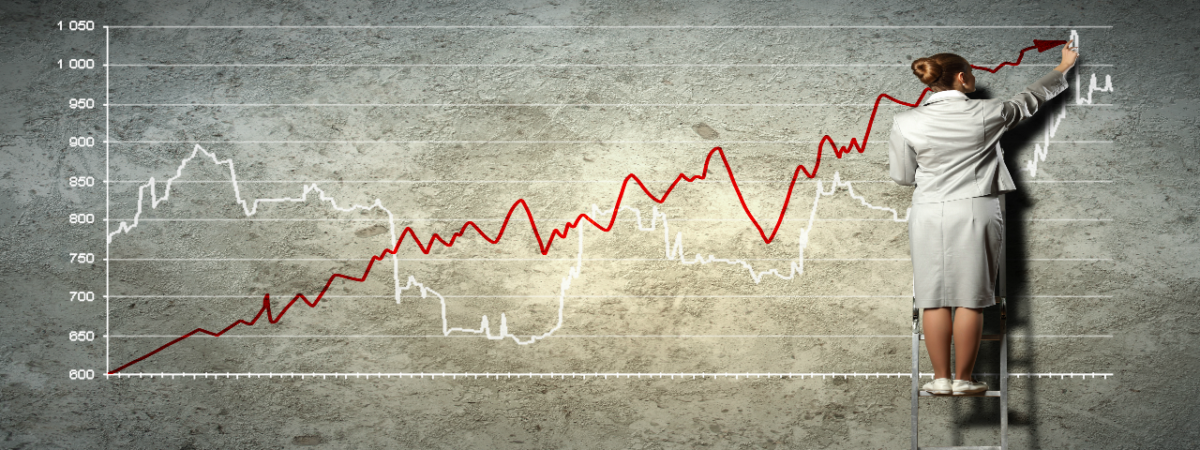Equal Pay Day campaign wrong to suggest women are now ‘working for free’, says IEA expert
SUGGESTED


Julian Jessop quoted by the Financial Times

Responding to the Fawcett Society’s Equal Pay Day campaign (20 November 2020), Annabel Denham, Director of Communications at free-market think tank the Institute of Economic Affairs, said:
“It’s that time of year again, when the Fawcett Society and its Equal Pay Day campaign whip up hysteria around women in work.
“The campaign conflates the gender pay gap – which is a matter of statistical averages, which can be calculated in a variety of ways – with the issue of equal pay for equal work. Yet it has been illegal in this country to pay men and women differently for the same job since 1970.
“It is simply inaccurate to suggest women are now ‘working for free’ until the end of the year. The data on which this preposterous statement is based fail to take into account key factors, such as the age, education, or experience of male and female workers.
“And while the Office for National Statistics’ official figures are calculated using the median hourly earnings of full-time work, the Fawcett Society uses the full-time mean average gender pay gap, which factors in outlier salaries that skew the figure towards high earners.
“What we are witnessing is cherry-picking to suit a fixation over women as victims. The data compare the salary of a CEO with that of an entry level worker, and give rise to cries of sexism when pay differentials inevitably emerge.
“Nor is it reasonable to claim that women are faring worst during this pandemic. The key indicators reveal that between July and September the female unemployment rate was 4.3 per cent, compared to 5.2 per cent for men. The redundancy rate per thousand was 10.9 for women and 11.6 for men. Women are disproportionately employed in the public sector, where job losses have been few.
“Not even the official ONS data on the gender pay gap make like-for-like comparisons, factoring in job, education, work experience, or even the intangible qualities that might make one worker more valuable to an organisation than another (such as their networks). Nonetheless, even without a thorough breakdown, according to ONS data the gender pay gap among 22-39 year olds is negligible.
“This is the narrative we should be pushing into the public domain, rather than one that pays huge disservice to girls and young women, and tells them from a young age that no matter how hard they work or how talented they are, they will face discrimination on account of their gender.
“The suspension of gender pay gap reporting in 2020 was welcome; we should stop bombarding women with misleading, meaningless data and instead celebrate the huge strides made in the last few decades.”
For media enquiries, please contact Emily Carver, Head of Media, on 07715942731 or ecarver@iea.org.uk.
Annabel Denham is available for interview and further comment.
For further IEA reading on the gender pay gap, click here.
The mission of the Institute of Economic Affairs is to improve understanding of the fundamental institutions of a free society by analysing and expounding the role of markets in solving economic and social problems. The IEA is a registered educational charity and independent of all political parties.



